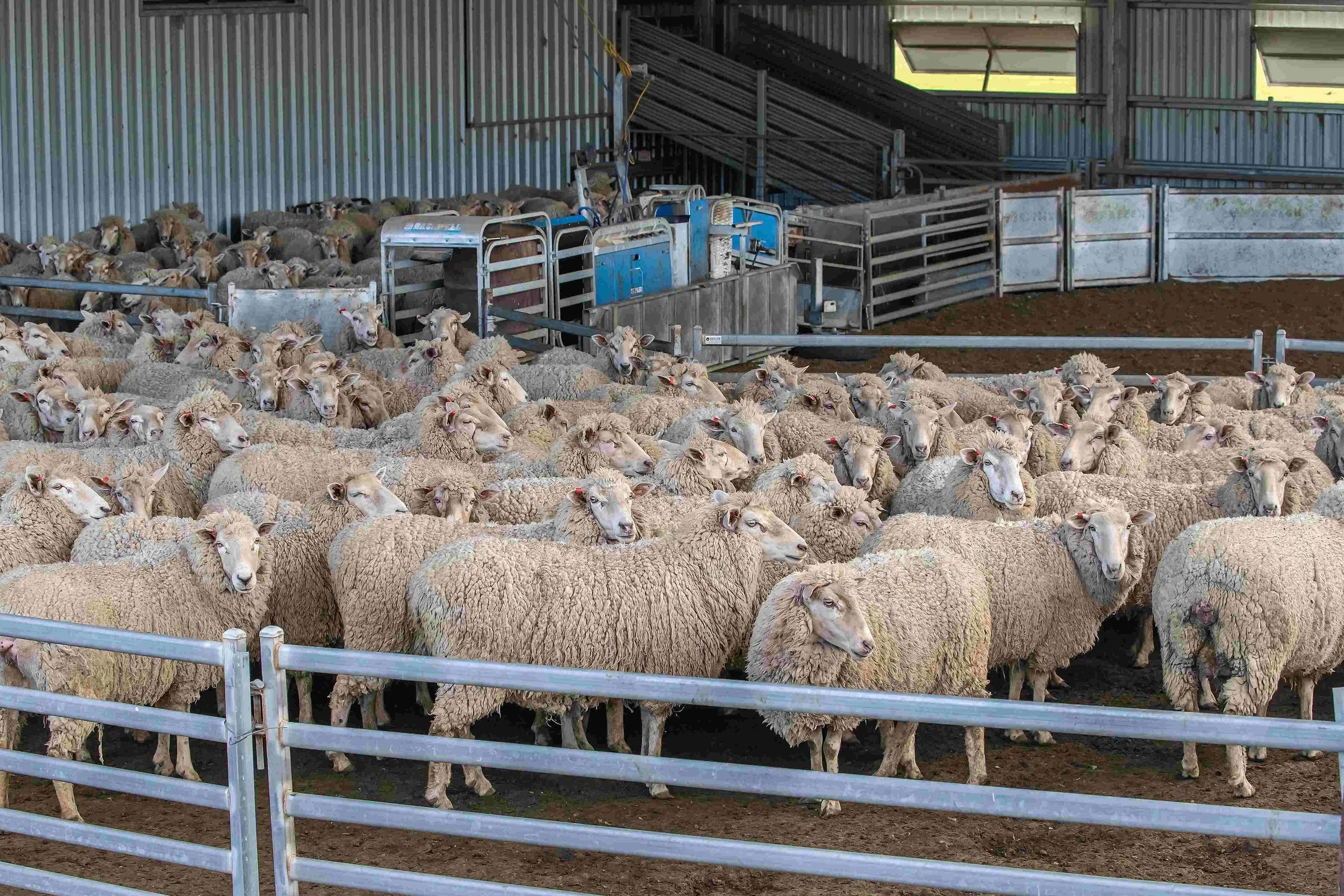How to Improve Workflow in Your Shearing Shed
/Running a shearing shed takes more than getting through the flock. Every movement should serve a purpose. When the shed flows well, you save time, reduce injuries, and improve wool quality.
Here’s how to improve workflow from the ground up with simple, effective changes.
Design an Efficient Shearing Shed
Your shed’s design sets the pace for everything else. If the layout is clunky or the structure is outdated, no amount of hustle will make up for it. You need smooth lines that connect the catching pens, shearing board, wool table, and wool room in a logical sequence. The wool room should sit close to the shearing area with open access to reduce double handling and unnecessary foot traffic.
For wool producers focused on shearer comfort and long-term performance, ProWay’s ergonomic shearing sheds offer a purpose-built solution that combines functionality, compliance, and durability. They’re designed to reduce fatigue, prevent injuries, and support high-output operations.
If your current structure is inefficient, consider shearing shed renovations to improve drainage, traffic flow, and ergonomic use of space.
Optimize Sheep Handling Systems
Once your shed flows well, focus on making your sheep move just as smoothly. Poor movement creates bottlenecks that slow operations and stress both animals and handlers. However, well-designed systems create an almost automatic flow that benefits everyone.
Start with the basics. Use wide, non-slip races and gates that swing with one hand. Your drafting pens should also naturally guide sheep forward, not stop them short.
The key is creating clear pathways that allow for quick, stress-free releases from holding pens directly to the shearing board. This seamless transition saves valuable time while protecting the welfare of livestock and supporting a steady shearing pace.
Maintain High-Performance Shearing Equipment
Nothing kills momentum like a breakdown. So, keep your handpieces sharp, oiled, and balanced. Check drives, motors, and belts before each run. Don’t wait for something to fail, too. A quick daily check can save hours later.
But readiness matters as much as maintenance. Keep spare combs and cutters within easy reach. Low-vibration models are worth the investment, as they reduce fatigue and improve precision.
With the right tool in the right hands, your team can work faster and more comfortably. Make this part of your regular shed safety routine to keep operations running without interruption.
Improve Lighting, Ventilation, and Working Conditions
A dark, dusty shed wears people out. Consider having skylights or high-mounted LED lights to brighten up the space. Focus lighting on work areas like the shearing board and slatted wool tables, too. Good visibility helps with clean cuts and faster sorting.
Ventilation also matters. So, open ridge vents and side louvers, or use fans to move air. A cooler, fresher shed helps everyone breathe easier and work longer. You can also place wool bins and wool packs where they’re easy to access, but not blocking foot traffic. A clear floor means faster steps and fewer accidents.
Train and Support Your Shearing Team
Even the most efficient shed design means nothing without a skilled, well-supported team operating it. Your investment in facilities only pays off when your crew can work safely and effectively within those systems.
Start with comprehensive training on safe, efficient handling methods and proper shearing techniques. Focus particularly on correct posture and movement patterns. These not only save time but also prevent repetitive strain injuries that can sideline experienced workers for weeks or months.
Task rotation also helps. When possible, allow team members to alternate between shearing, wool handling, and catching duties. This variety keeps minds sharp while preventing muscle fatigue. Regular breaks and short team check-ins also go a long way in keeping morale high.
You can take advantage of established resources to strengthen your training program. The Shearing Shed Safety Program offers site assessments and helps build safer working habits, while Australian Wool Innovation provides valuable training content specifically designed to support shearer development and operational improvements across the industry.
Keep the Floor Moving With Rhythm and Routine
Rushing leads to mistakes and can burn people out fast. Instead of chasing speed, focus on finding a rhythm that keeps things moving without wearing down your team.
Create a pace everyone can stick with all day. Music or timers help your crew stay in sync and turn what could be frantic work into smooth, coordinated movement.
Set clear expectations, too, so everyone knows their tasks and the order things should happen. When people understand who’s doing what and when, the work flows naturally from one step to the next.
A predictable routine also keeps your shearing board clear and the job running smoothly. When your team can rely on the pattern, they can focus better and work faster.
Clean as You Go to Avoid Downtime
Don’t let clutter slow you down or create safety hazards. Keep your shearing board clear between runs by tossing offcuts, sweeping wool scraps, and moving full bins out of the way quickly. A tidy shed is a safe shed.
Turn tidying into an automatic habit, too. Each person should take a few seconds to reset their space after each job. It sounds small, but it prevents the gradual buildup of mess that can affect the entire day. Whether you’re moving fleece to the press or clearing the floor near the wool skirting area, every small action helps maintain flow.
Use Data to Drive Smart Adjustments
Guesswork doesn’t fix slowdowns. Instead of relying on memory, keep a simple record of how long each run takes. You can use a whiteboard or a basic app to log shearing numbers, break times, and any delays. This gives you a clearer picture of what’s really going on.
Once you have the data, look for patterns. Is one gate slowing things down? Are breaks too long or too short? Use these insights to test small changes. Adjust, measure, and repeat. Over time, those tweaks can save you hours per week.
Final Thoughts
Improving your shearing shed’s workflow isn’t about one big change. It’s about stacking small wins. Better layout. Smoother sheep flow. Sharper tools. Clear routines. Cleaner spaces.
Start with one change. Watch what happens. Then try another. Soon, you’ll have a shed that works with you, not against you. And that means better days for you, your team, and your flock.






















